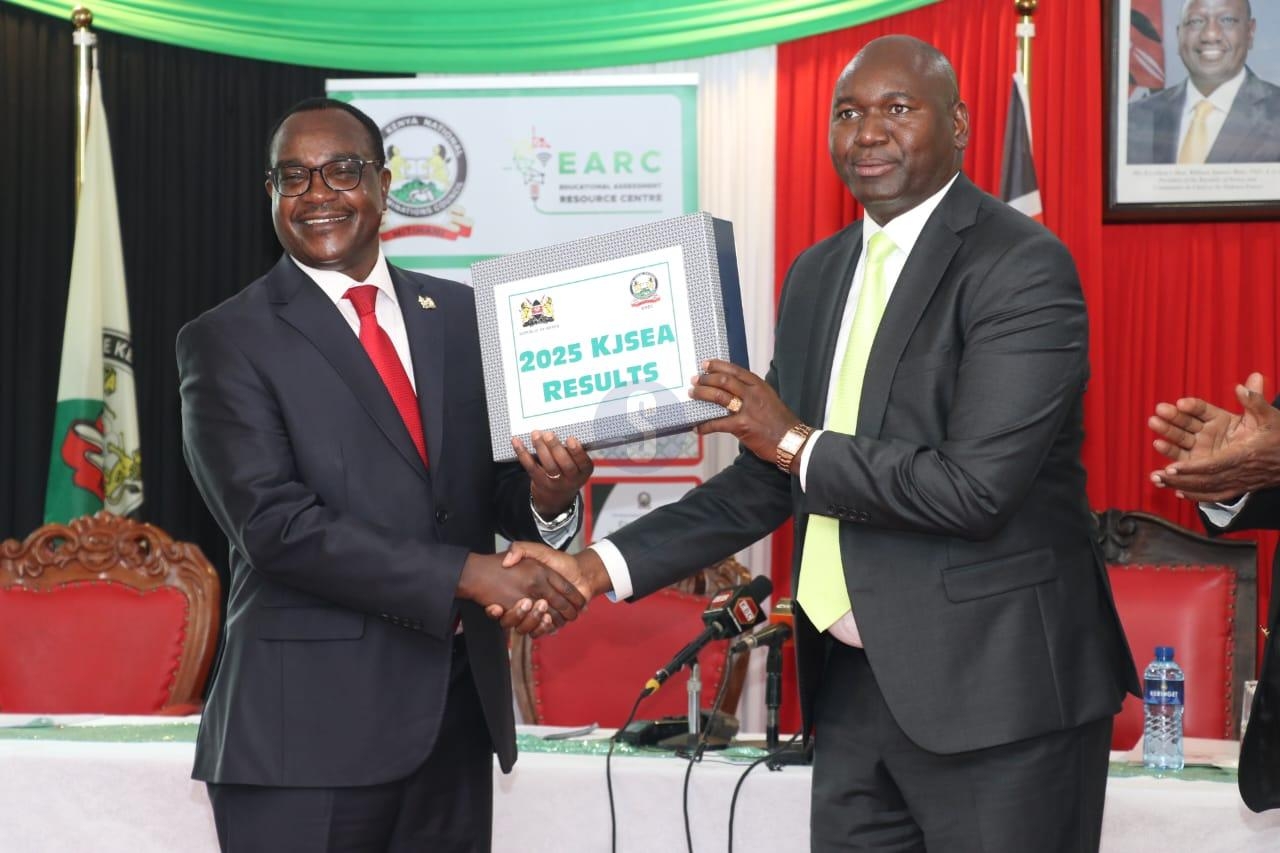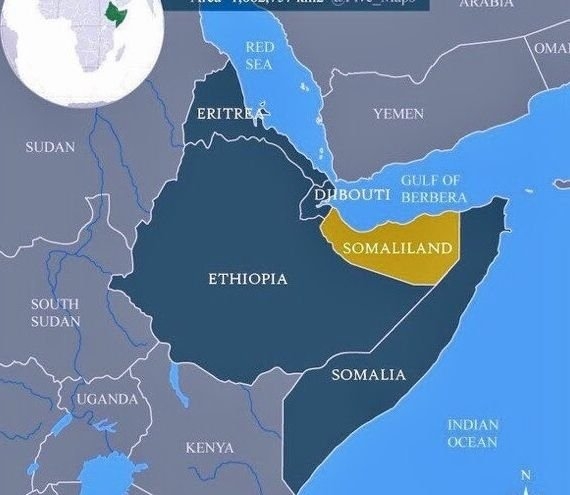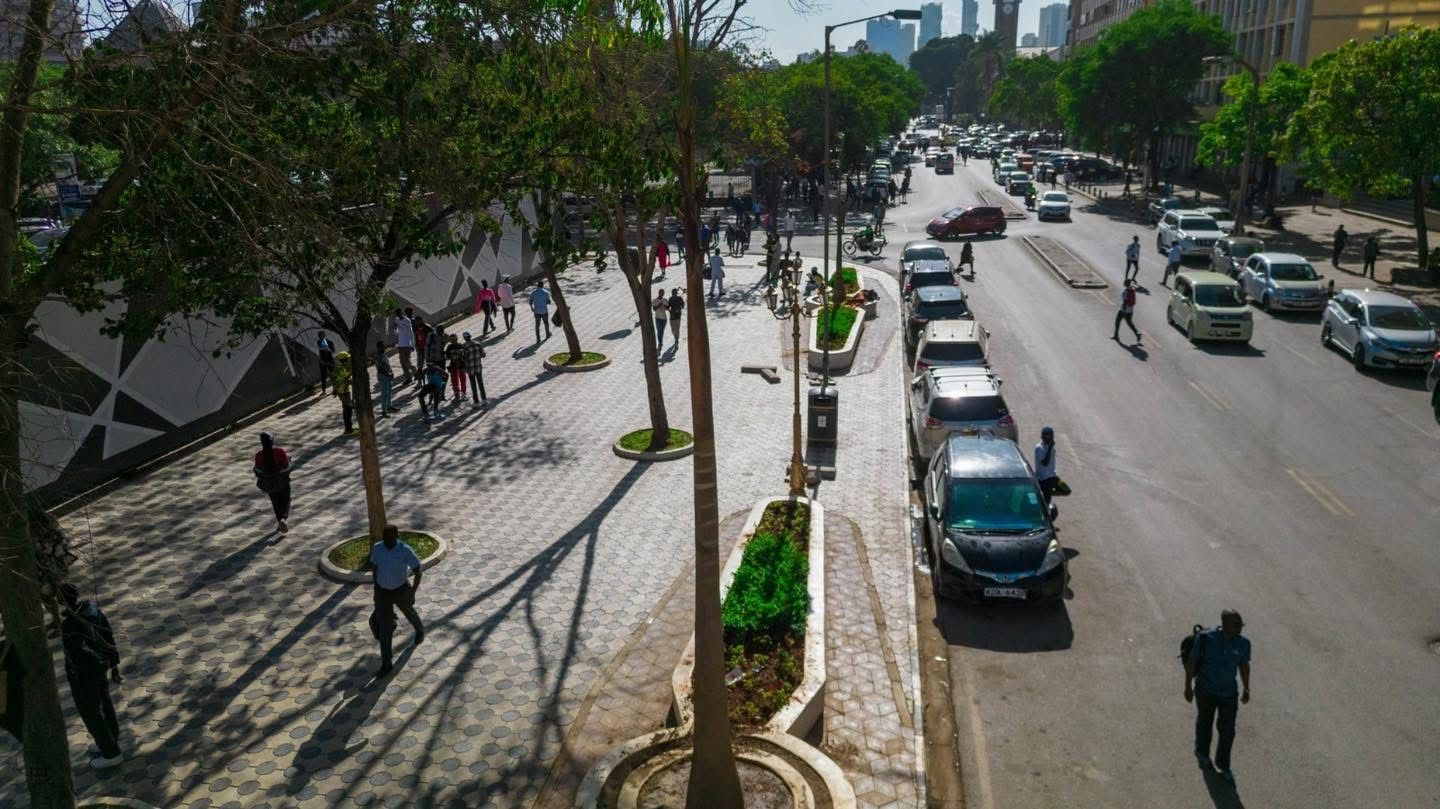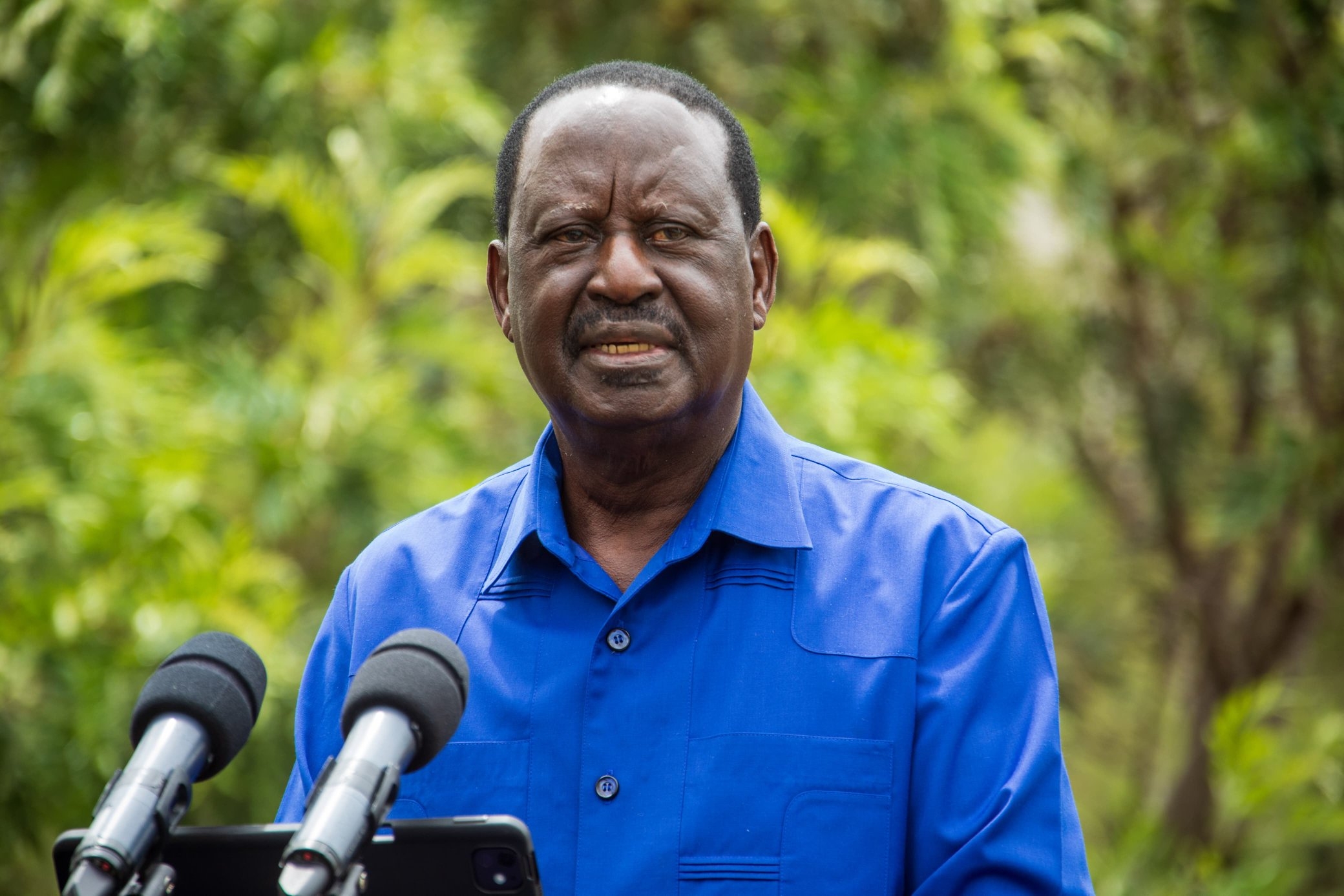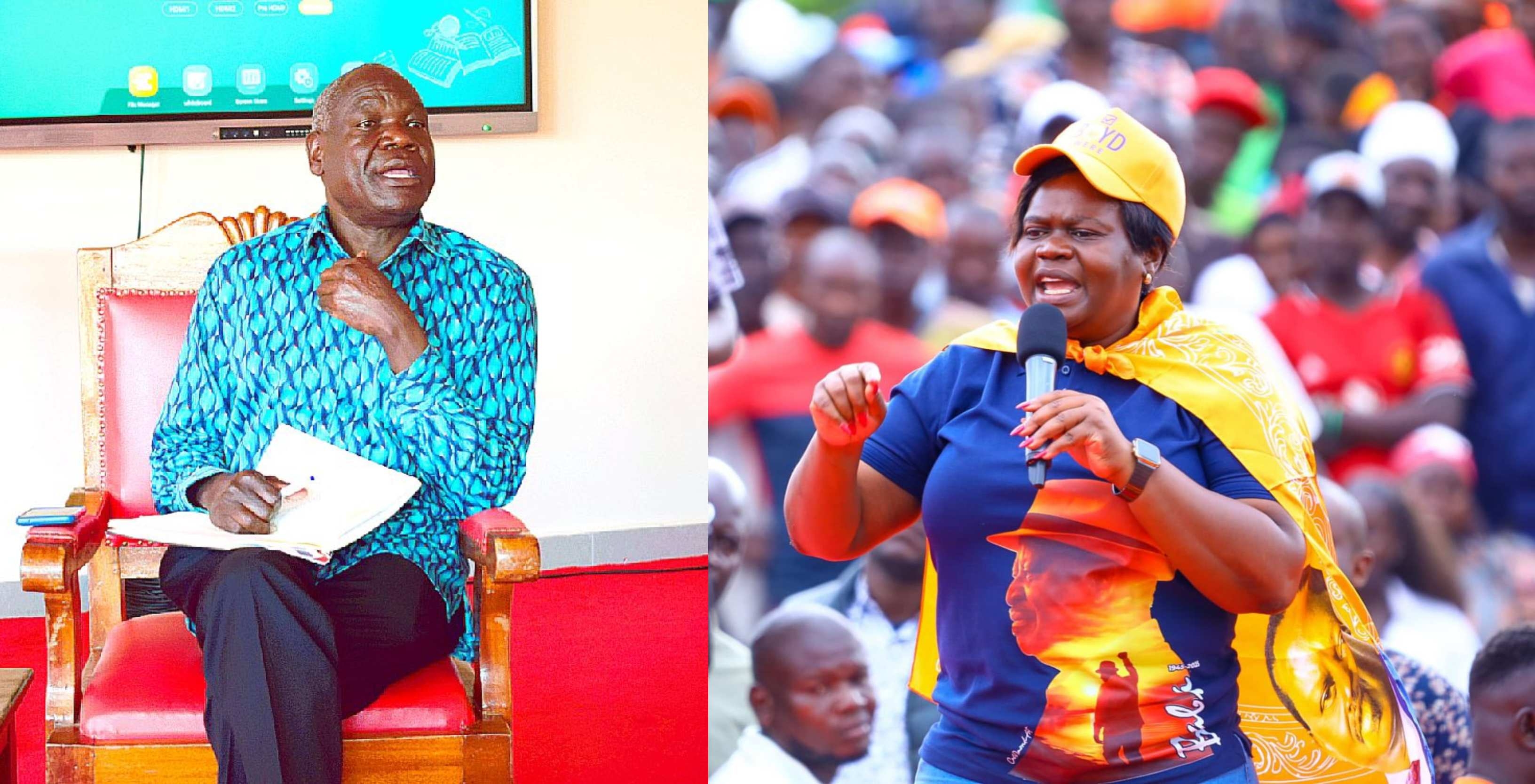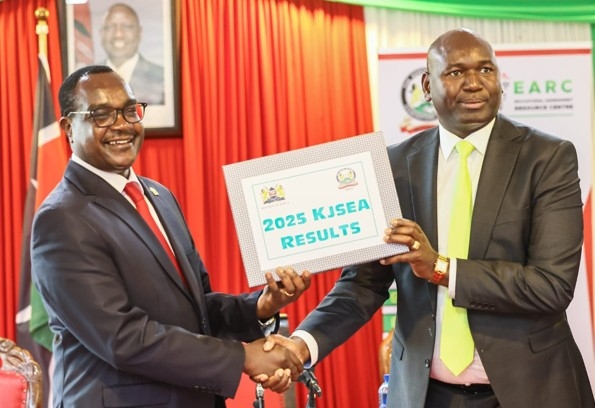The year 2023 – the United Nations International Year of Millets – is about four months old. But consumers, especially in East Africa, are yet to take note of the recognition of the despised, but wholesome cereal.
Consumers are obsessed with maize, rice and wheat like they don't have resilient, and cheaper, options. If massively marketed and heavily reclaimed as a stable and staple food, millets can be the hunger breaker.
Will the cost of living fall because of the import of 48,000 tonnes, or 533,333 90kg bags of white maize from Mozambique? Kenya consumes 2.4 million bags a day, meaning 48,000 tonnes will be exhausted in about 10 days - ceteris paribus.
Irrigated agriculture and cereal diversification are key to adapting to climate change and boosting food security.
Famine is associated with shortage of maize or a lack of the cereal on the menu. When a household runs out of maize, it declares famine even if other options like cassava, potatoes, bananas and millets are accessible.
In the Luhya counties of Kakamega, Busia, Vihiga, Bungoma and Trans Nzoia, a meal without maize ugali and chicken is a snack. It's a disgrace to serve anything else to an in-law other than ingokho (chicken) and maize-based obusuma (ugali).
Maize is overused, overrated and overpriced because of inflexible appetites and inherited eating habits.
Among the Luo, ugali and samaki (fish) dominate meals. The flour for making ugali is milled maize. Availability of maize, in spite of its nutritional shortfalls, is often equated with food security.
The North Rift is Kenya's breadbasket because it produces about 75 per cent of local maize stock. Stored maize constitutes the national food reserve.
Food security is measured in terms of how many 90kg bags of maize have been reserved with the National Cereals and Produce Board. Resilient millets have no space in the national reserve.
Not even failed maize harvests in western Kenya have changed the mindset.
Maize takes a large chunk of household land. The land is often the first to be ploughed. Maize is often the first to be planted, with fertilisers. It's the launchpad of the weeding season. Then the crop is pampered and top-dressed after the second weeding. The process is expensive, sometimes without guaranteed minimum returns.
Farmers hardly appreciate the resilience of millets that suffer habitual abuse. Yet millets guarantee better harvest in challenging circumstances.
Millets require 70 per cent less water than paddy rice to grow, and mature at half the time wheat needs.
India lobbied the United Nations for the international upgrade of millets. India wants to position itself as the global hub for millets. Restaurants with millet-specific menus are sprouting in the sub-continent where rice and wheat dominate.
Climate change makes the promotion of millets a statement of purpose to confront food insecurity, feed growing global population and bridge nutritional deficits.
Food and Agricultural Organisation of the United Nations says on the International Year of Millets: "As the global agrifood systems face challenges feeding an ever-growing global population, resilient cereals like millets provide an affordable and nutritious option, and efforts need to be scaled up to promote their cultivation."
FAO director general Qu Dongyu says: "Millets can play an important role and contribute to our collective efforts to empower smallholder farmers, achieve sustainable development, eliminate hunger, and adapt to climate change, promote biodiversity, and transform agrifood systems."
Millets can help the world confront some of the challenges of food security. Millets are climate-friendly and can help raise nutritional levels across the world.
Millets, which are often underrated, belong in the maize and wheat cereal family that are subject to global price standardisation. Millets are rich in carbohydrates. They are also sources of proteins, dietary fibre, iron and calcium.


